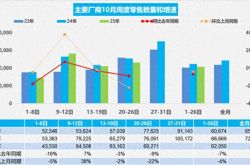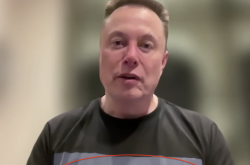“Joint venture brands can't do well in intelligence? It's a prejudice.”
![]() 09/16 2025
09/16 2025
![]() 599
599
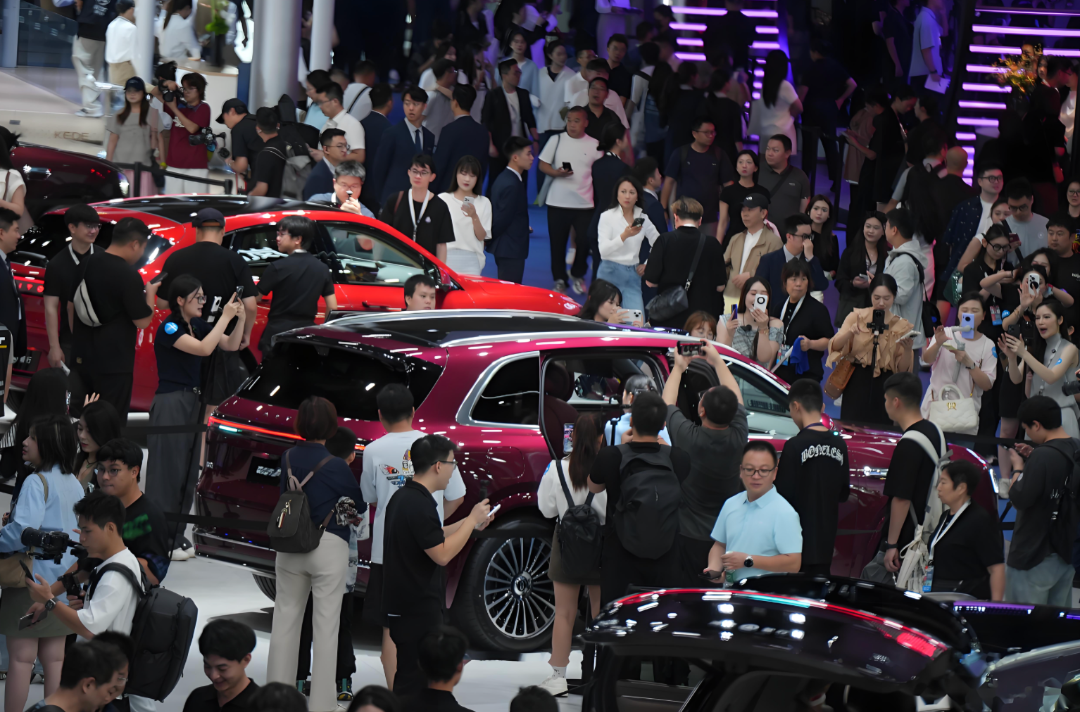
Lead
Introduction
Technological catch-up is just the first step; changing consumer perception requires more time and effort.
In recent years, the new energy vehicle (NEV) industry has experienced vigorous development in the Chinese market, with the market share of NEVs continuously rising to around 50%. During this period, many independent brands have achieved a competitive edge by leveraging their strong performance in the NEV market.
However, unlike the strong performance of independent brands, the new energy transformation of many joint venture brands has not been smooth, with unsatisfactory brand presence and product sales. One significant reason is that the intelligence level and intelligent driving assistance solutions of their NEVs fall short compared to those of independent brands. These product features are precisely what Chinese consumers are keenly pursuing.
As a result, while new automotive forces are enthusiastically discussing topics related to intelligence, such as smart cockpits and autonomous driving assistance, many joint venture brands still focus their promotional efforts on chassis tuning and engine performance. Additionally, their global integrated development model struggles to quickly adapt to the unique demands of the Chinese market, coupled with differences in consumer needs for automotive products and inefficient decision-making mechanisms, resulting in the joint venture camp (joint venture brands as a whole) being almost collectively labeled as 'lagging in intelligence.'
Nevertheless, after much introspection, joint venture brands have decided to embrace Chinese consumers.
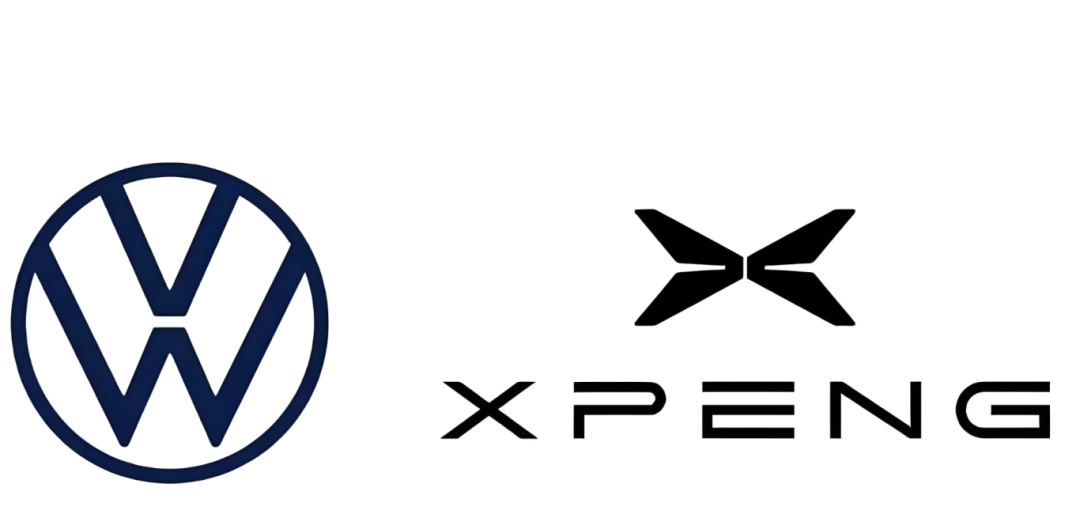
Faced with their intelligence shortcomings, they have adopted various approaches to embark on a diversified path of technological breakthrough—some choose to collaborate with Chinese enterprises to develop new vehicles; some opt to directly adopt advanced technologies from Chinese companies; while others choose a longer but more stable path of self-research. Ultimately, all roads lead to winning the hearts of Chinese consumers.
After several years of accumulation, the joint venture camp , eager to shed the label of 'lagging in intelligence,' is striving to prove itself by launching one new model after another, hoping to prompt people to reassess their true capabilities. The title of this article is a microcosm of this phenomenon.
01 Joint Venture Brands Aspire to Prove Themselves
“Joint venture brands can't do well in intelligence? It's a prejudice.”
At the unveiling event of Buick's first model in the Ultimate series, the Ultimate L7, on September 15, Xue Haitao, Deputy General Manager of SAIC-GM, made this statement. In his view, the intelligence level of joint venture brands has significantly improved, and it is time to shed the label of being insufficiently intelligent. Buick, in particular, has achieved an industry-leading intelligent electric experience.
Xue Haitao's confidence stems from Buick's Ultimate, a mid-to-large-sized extended-range sedan.
As the first flagship sedan under Buick's premium new energy sub-brand 'Ultimate,' the Ultimate L7 is backed by Buick's brand heritage and billions of yuan in resource investment. The new car is built on the so-called million-dollar 'Xiaoyao' architecture, adopts 'Zhenlong' extended-range technology, is equipped with the 'Xiaoyao Zhixing' assisted driving system, Momenta R6 flywheel large model, and Qualcomm's latest-generation SA8775P chip, among other features. These product points bring about an upgraded product experience, especially in terms of intelligent electric performance.
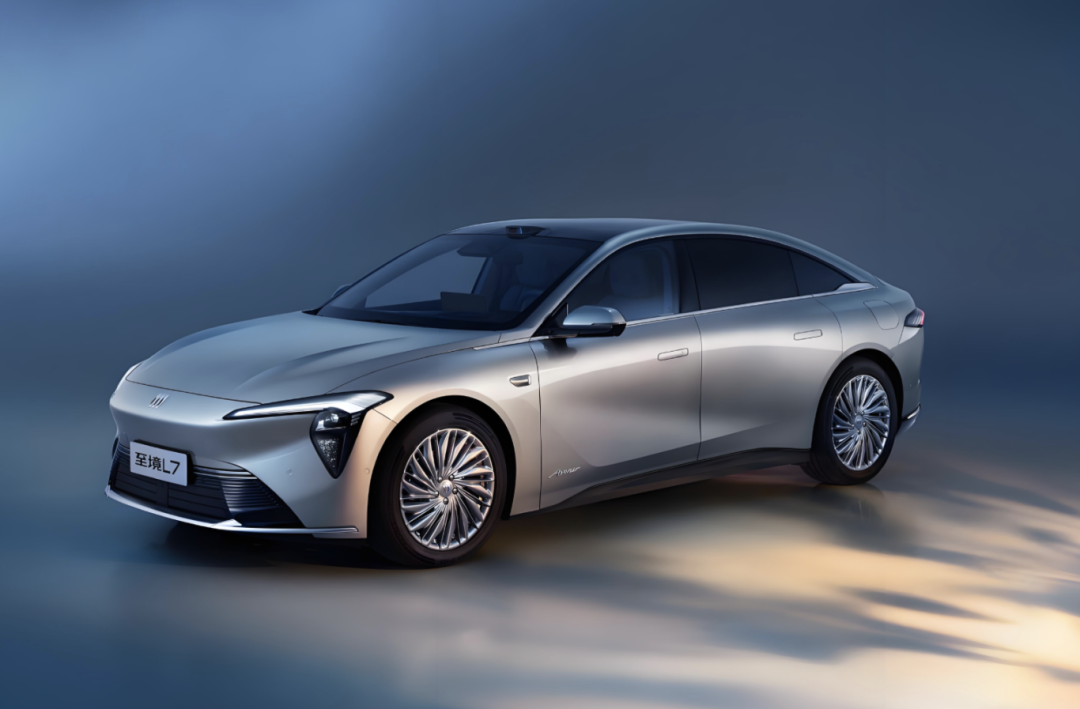
From the architecture to the extended-range technology route, from the assisted driving system to the latest-generation chip... the ultimate experience and market performance of the Ultimate L7, which integrates these product points, remain to be seen. However, just looking at these product points representing industry hotspots, it is easy to see that Buick, and even SAIC-GM, are making a resolute turn.
Take extended-range vehicles as an example. Although the market performance of extended-range vehicles this year has not been overly optimistic, there are still automakers eagerly launching new models, including traditional brands, new forces, and cross-industry automotive players. Intelligent driving assistance is even more crucial, as it is an indispensable investment option for all competitive automakers and a highly followed (highly concerned) purchasing option for Chinese consumers. This explains why Huawei's ADS solution and Momenta's solution have risen to prominence in recent years.
Both Buick and other joint venture brands continue to pay the price for their lack of attention several years ago.
The Ultimate L7, or rather the series of technologies and strategies built around it, represents SAIC-GM's way of paying the price. Other joint venture brands also have their own paths to technological breakthrough.
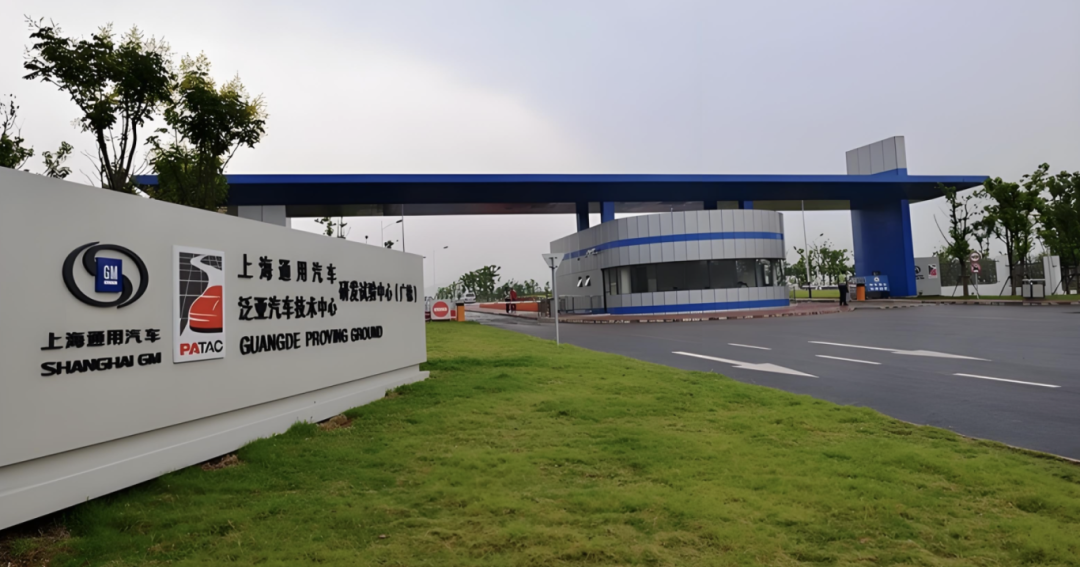
Among them, collaborating with technology companies is undoubtedly the fastest solution. For example, Volkswagen Group and XPENG Motors are jointly developing an electronic electrical architecture, which will be integrated into Volkswagen's pure electric vehicle platform in China and will also be deployed in Volkswagen's fuel and plug-in hybrid vehicle platforms in the Chinese market. The technological strategic cooperation between the two sides will extend to a broader market.
Meanwhile, establishing local R&D teams is another path. For instance, SAIC-GM's Panasia Automotive Technology Center is a typical case focusing on the localization development of intelligent connected vehicle technologies; Volkswagen has also invested 1 billion euros to establish a digital sales center in Anhui.
Some brands choose to acquire technology companies to compensate (make up for) their shortcomings. For example, Stellantis Group invested 1.5 billion euros to acquire approximately a 20% stake in Leapmotor, gaining access to its intelligent technologies; Hyundai Motor acquired Boston Dynamics to strengthen its robotics technology reserves.
These layout (strategic layout s) demonstrate that joint venture brands are responding to the intelligence challenges in the Chinese market in a more flexible manner, no longer adhering to the traditional model of complete independent R&D.
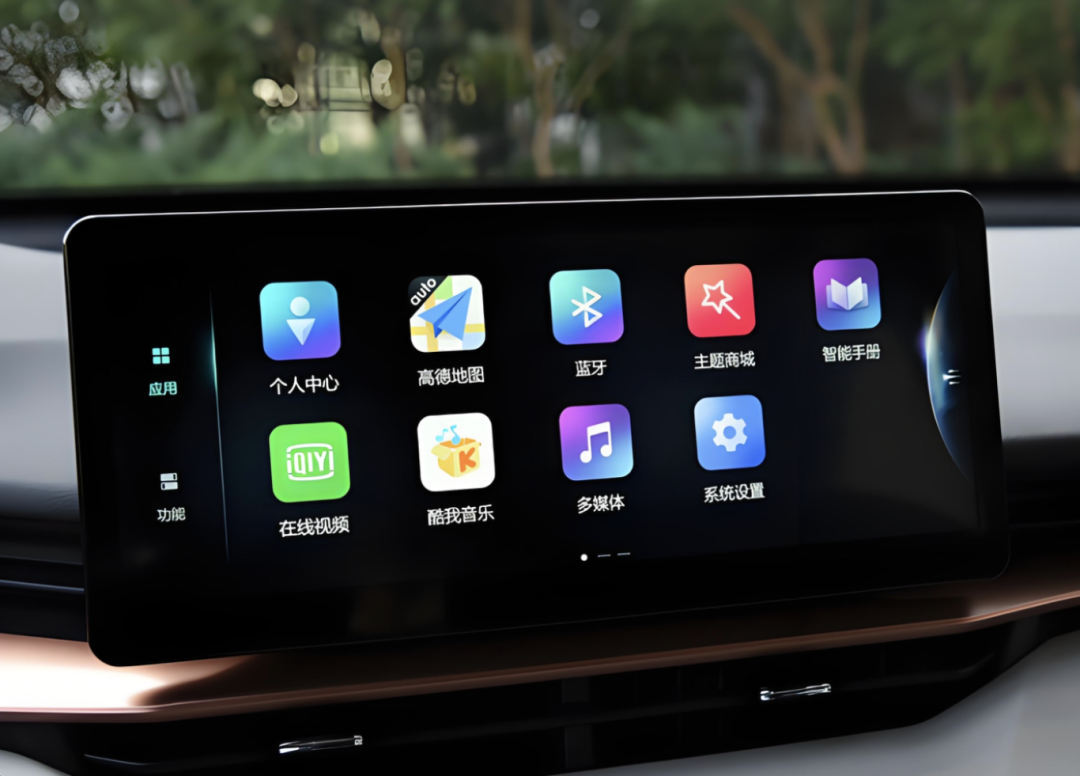
After undergoing a period of 'cultivation,' the once cumbersome in-vehicle screens with numerous buttons, sluggish voice recognition, and erratic lane-keeping... these outdated technologies that once drew ridicule from many Chinese consumers are disappearing. They are being replaced by more advanced technologies and models with better experiences.
02 Can the 'Prejudice' Be Broken?
So, how does the intelligence level of the latest joint venture NEVs fare under real-world verification?
To assess the intelligence level of joint venture NEVs, we must look at traditional joint venture giants like Volkswagen, General Motors, and Toyota. What are their latest NEV launch achievements, and how do they perform?
The Volkswagen ID.7 is equipped with the latest ID.OS 2.0 in-vehicle system, representing a qualitative improvement over earlier ID series models. The voice recognition response speed has significantly increased, the interface interaction is more intuitive, and it supports multi-scenario gesture control functions. Compared to Volkswagen's past struggles with system issues that delayed model launches, these advancements are truly remarkable.

The newly unveiled Buick Ultimate L7 is equipped with Momenta's R6 flywheel large model assisted driving system, which currently achieves urban navigation-assisted driving functions, performing close to mainstream new force levels in cities like Shanghai. Meanwhile, the system continuously optimizes algorithms and user experiences through data-driven flywheel evolution.
Additionally, Toyota's bZ4X is equipped with the T-Pilot intelligent driving assistance system, which has accumulated over 10 billion kilometers of safe driving data globally, boasting unique advantages in reliability. Ford's Mustang Mach-E adopts the BlueCruise active driving assistance system, which scored higher than Tesla's Autopilot in Consumer Reports' evaluations in the United States, showcasing traditional automakers' deep accumulation in the autonomous driving field.
Despite making significant progress, joint venture brands still face numerous challenges on the path to intelligence.
The foremost challenge is the persistent conflict between global strategies and local demands. Multinational automakers need to balance global product consistency with the unique demands of the Chinese market, often resulting in localized models lagging behind overseas versions in terms of intelligence configurations. Meanwhile, the disadvantages in data accumulation and algorithm iteration cannot be overlooked. Intelligent systems require extensive data training, and joint venture brands have limited intelligent vehicle ownership in the Chinese market, making it difficult to rapidly rotate the data flywheel.
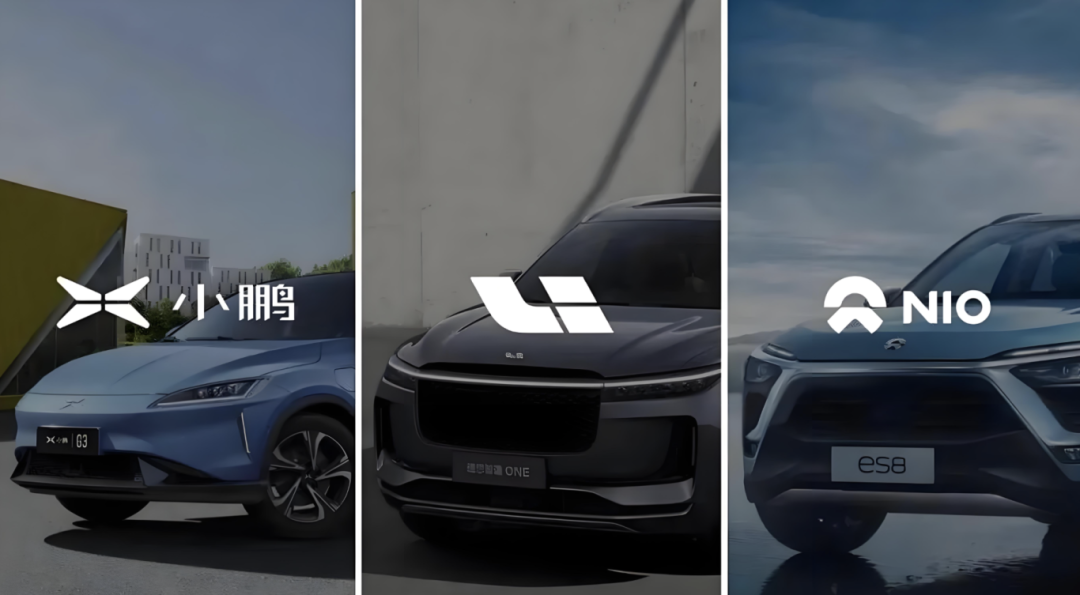
Additionally, issues such as organizational structure and cultural conflicts, as well as cost control pressures, are unavoidable challenges that must be addressed.
However, technological catch-up is just the first step; changing consumer perception requires more time and effort.
Data shows that most consumers still believe independent brands lead joint venture brands in intelligence, and this cognitive inertia is difficult to completely reverse in the short term.
Joint venture brands need to strengthen technological communication and experiential marketing to allow consumers to personally experience their intelligence progress. SAIC-GM Deputy General Manager Xue Haitao's statement at the Buick Ultimate L7 unveiling event, 'Joint venture brands can't do well in intelligence is a prejudice,' reflects this communication effort.
Meanwhile, establishing differentiated advantages is also crucial. Joint venture brands should not blindly follow the technological routes of new forces but should leverage their strengths in safety, reliability, and quality control to create unique intelligence labels. As the prices of joint venture brand NEVs become more practical, more consumers are willing to give their product experiences a chance, thereby objectively evaluating their intelligence levels.
Overall, the intelligence competition is not a sprint but a marathon. Joint venture brands, with their global R&D resources, supply chain advantages, and manufacturing experience, still have the opportunity to secure a place in the long-term competition.
The future intelligence track will undoubtedly feature diverse competition and distinct characteristics. Both independent and joint venture brands will jointly drive the industry forward through technological innovation. For now, joint venture NEVs are undoubtedly still on the path of catching up.
Editor-in-Chief: Cui Liwen Editor: He Zengrong



